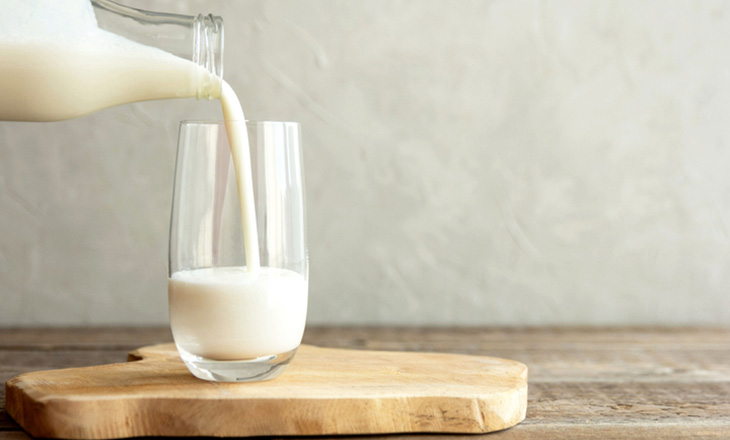Micro- encapsulated probiotics - the best mate of beverage

Lifestyle diseases are on the rise in India and almost every part of the world. At the same time, every next person is becoming more health conscious and looking for healthy food solutions. t's not surprising that supermarkets are flooded with food items claiming to be nutritious. In recent times we see a surge in probiotic health-based product consumption. Probiotics are live microorganisms promoted with claims to improve or restore the gut flora and thus provide health benefits.
But there are reports which indicate that many such products are substandard as they have a poor survival rate for probiotic bacteria. While to provide health benefits, probiotics must survive transit through the harsh acidic conditions of the gastric environment and they should reach the large intestine in adequate amounts.
Food containing probiotic bacteria should have a cfu/g concentration of 108–109 just before consumption to guarantee that the therapeutic minimum of 106–107 cfu/g reaches the colon. Due to low gastric juice pH (pH = 2) and oxygen exposure, most probiotics cannot live in large concentrations in functional meals because of their inability to thrive. Therefore, there is much interest in creating a physical barrier to protect probiotic live cells from harmful environmental conditions.
Probiotics may be preserved via microencapsulation, which is the most effective and efficient new technique. When making probiotic drinks, the use of microencapsulation technology is critical. Microencapsulation of probiotic cells in a matrix or membrane protects them from harmful environmental variables and allows them to be released at a predetermined rate. Protecting probiotics from the low pH and bile salts encountered during gastrointestinal transit is what microencapsulation is all about. Cell culture technique in the biotechnological sector led to microencapsulation of probiotic bacterial cells. Spraying, extruding, emulsifying and phase separation are all ways that have been documented for micro-encapsulating probiotic bacteria.
The production of gel capsules from calcium-alginate is one of the ways of micro-encapsulation that is frequently discussed. According to this process, calcium-alginate is used. Other excipients, such as kappa-carrageenan, gelatin, whey protein and starch, are utilised in microencapsulating probiotic bacteria. Each element that makes up the encasing is unique in its particular manner. When it comes to the liveliness of probiotics, the encapsulating material also plays a part.
Athletes are the most common consumers of fermented sports drinks because of their ability to improve endurance. Whey is essential to sports nutrition due to the excellent quality of the protein and amino acid profile that it contains. Whey proteins are rich in protein. Whey protein derived from milk is a versatile substrate that may be used to encapsulate lactic acid bacteria. For example, Lactobacillus bulgaricus was successfully encapsulated in skim milk-alginate microspheres with an approximate yield of one hundred percent. Nine different sports drinks were manufactured using the whey extracted from Cheddar, Paneer and Mozzarella cheeses. The quality of the Cheddar whey that had been fermented was significantly higher, as was the number of nutrients it contained. It has been discovered that the growth rate of encapsulated probiotics accelerates when the stomach is supplemented with prebiotic dietary additives.
Therefore, microencapsulated probiotics in beverages are a good alternative for the simple transfer of beneficial microbes in the digestive system, thereby establishing that they are helpful to human health. This can be demonstrated by the fact that they benefit human health.

